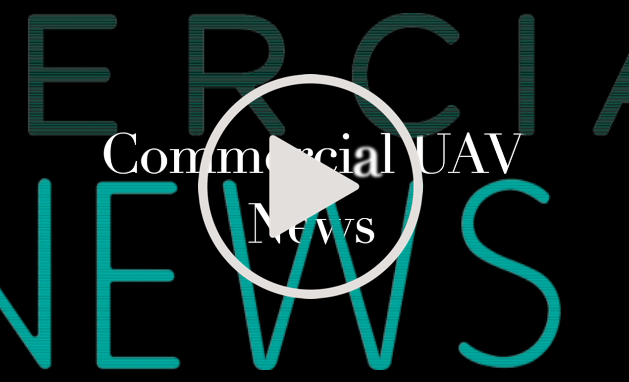Though the pandemic continues to change our lives in new and unexpected ways, not all of these changes have necessarily been bad. And among those silver linings has been the growing interest in drone technology. This is especially true in the public safety and first response sector.
When Chief Charles Werner, Director of DRONERESPONDERS, and Christopher Todd, Executive Director of AIRT, initiated their 2020 Public Safety Survey earlier this summer, they anticipated that drone programs would be the first on the chopping block in the face of steep budgetary cuts nationwide. The final results were far more promising with many agencies reporting a renewal of funding or even expressing intent to buy more drones and expand their programs. Although most agencies are working on shoestring budgets of $10,000 or less, drones are proving to be an essential tool in law enforcement and fire and rescue.
As drone programs get adopted by more public safety agencies, the need to educate departments on responsible drone use has become even more imperative. Choosing to do something without proper planning or consideration of public perception, like enlist the use of loudspeaker drones in public spaces, may elicit an unwanted public backlash and media response that erodes away at public trust and undermine the good that drones are able to accomplish. Just because a drone can do a job, doesn’t mean it necessarily should. This is one of the many reasons why DRONERESPONDERS and AIRT, in conjunction with Skydio, put together the Five C’s, which are outlined below (taken from the DRONERESPONDERS’ website):
- Community Engagement and Transparency: Public service is a public trust. When developing and operating a drone program, it is critical to engage in an ongoing conversation with the community you serve. Effective community engagements consist of two parts: public participation and transparency.
- Civil Liberties and Privacy Protection: Every drone program should be predicated on the protection of privacy and the promotion of civil liberties. Agencies should develop safeguards and training procedures that advance those objectives across every element of the program.
- Common Operating Procedures: Departments should develop and adopt common operating procedures to guide the use of drones. The Five C’s provide a roadmap for the development of operating procedures that account for best practices in the field on topics such as FAA compliance and video management practices designed to protect privacy.
- Clear Oversight and Accountability: Agencies need to establish robust oversight measures designed to ensure compliance and accountability, along with clear oversight processes that combine both internal and external measures.
- Cybersecurity: Modern drones are more than simple flying machines. Drones have become network-connected devices that should be subject to cybersecurity reviews.
In order to find out more about the importance of these principals for public safety (and the industry), and how agencies can implement the Five C’s internally and externally within their departments, Commercial UAV News reached out to Werner, Todd, and Grant Guillot, Partner and the Leader of the UAS Practice Team at Adams and Reese LLP. During the video interview, we discussed the Five C’s as well as their most recent survey results, how to generate public acceptance, their views on foreign drone policy, their plans for leveraging virtual and digital platforms to bring agencies together, the pandemic, and everything in between.
Watch the full video below:
















Comments